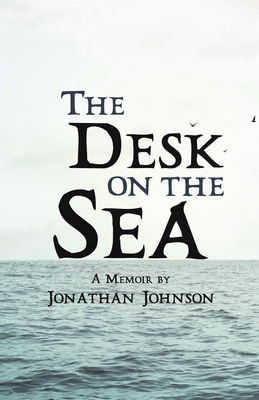
The Desk on the Sea begins four years after American poet Jonathan Johnson spread his mother's ashes in her beloved Lake Superior and moved with his wife and young daughter into a seventeenth-century cottage on Scotland's North Sea. On an idyllic, desolate coast and in the wild Highlands, Johnson began his search for a way to live through ongoing grief and to take in the wonder of each new day.
Through years of extraordinary suffering by way of multiple ailments, Johnson's mother, Sheila, endured an astounding number of amputations-a toe, the end of a finger, a foot, whole fingers, the other foot. What she lost in her physical being, she gained in her kindness and generosity. By the time she was told that the only way she could survive a little longer was the amputation of both hands, she was capable of giving those who loved her and herself a beautiful death instead. Inspired by her example of grace and awareness, Johnson and his family gave themselves one year on the coast of Scotland to live by Shelia's great, guiding principle: We don't get the days back. They wandered trails along windswept shores and past the stone ruins left by people who'd come and gone before. They played as characters from Harry Potter on deserted beaches. From their cottage, they watched an island lighthouse, counting the seconds between flashes to know exactly when to say "goodnight" so the lighthouse would answer with a wink.
The Desk on the Sea is a chronicle of progress toward one man's new life goal-to be a father, husband, and poet worthy of his mother's legacy. Sustained by an unwavering belief that words can help us fully occupy our lives, and that imagination and empathy can transform suffering into what John Keats called "soul-making," Johnson offers readers a raw look at love and loss.







